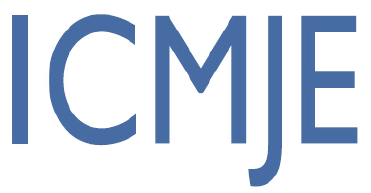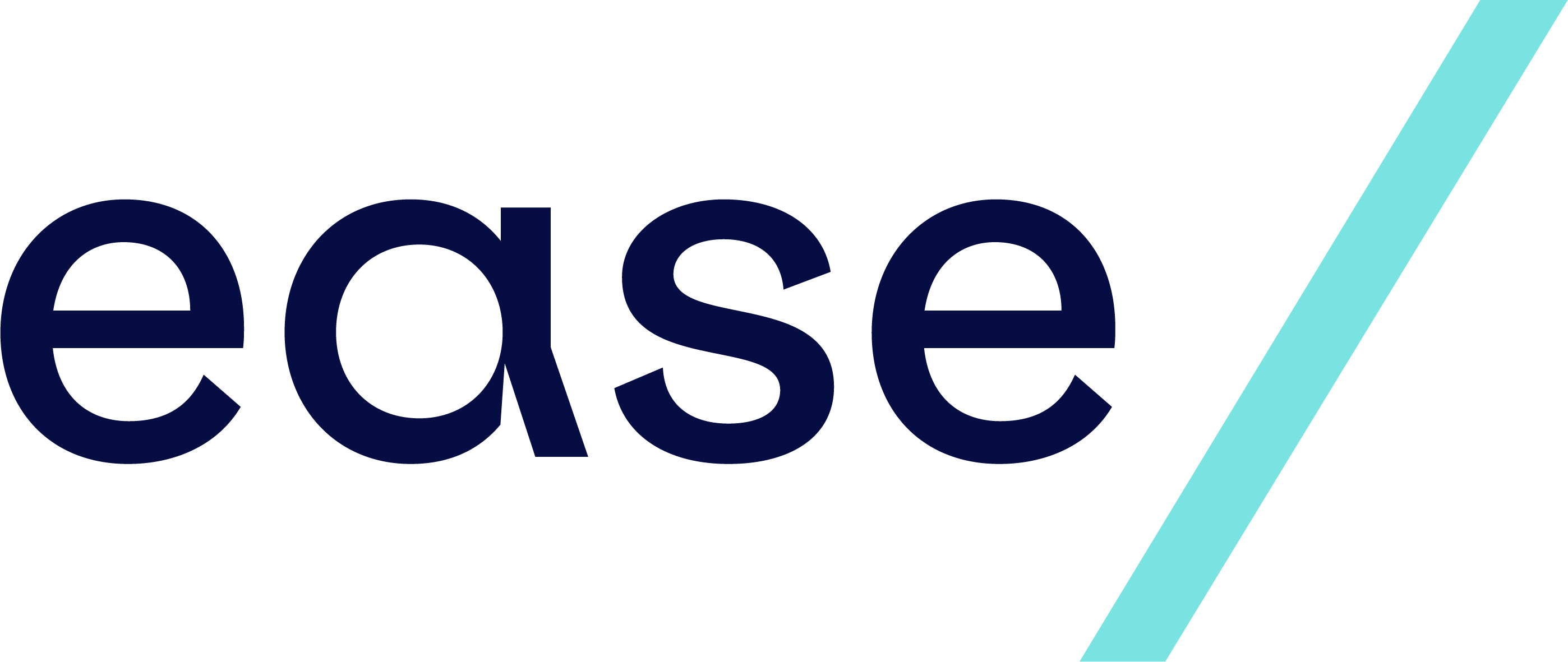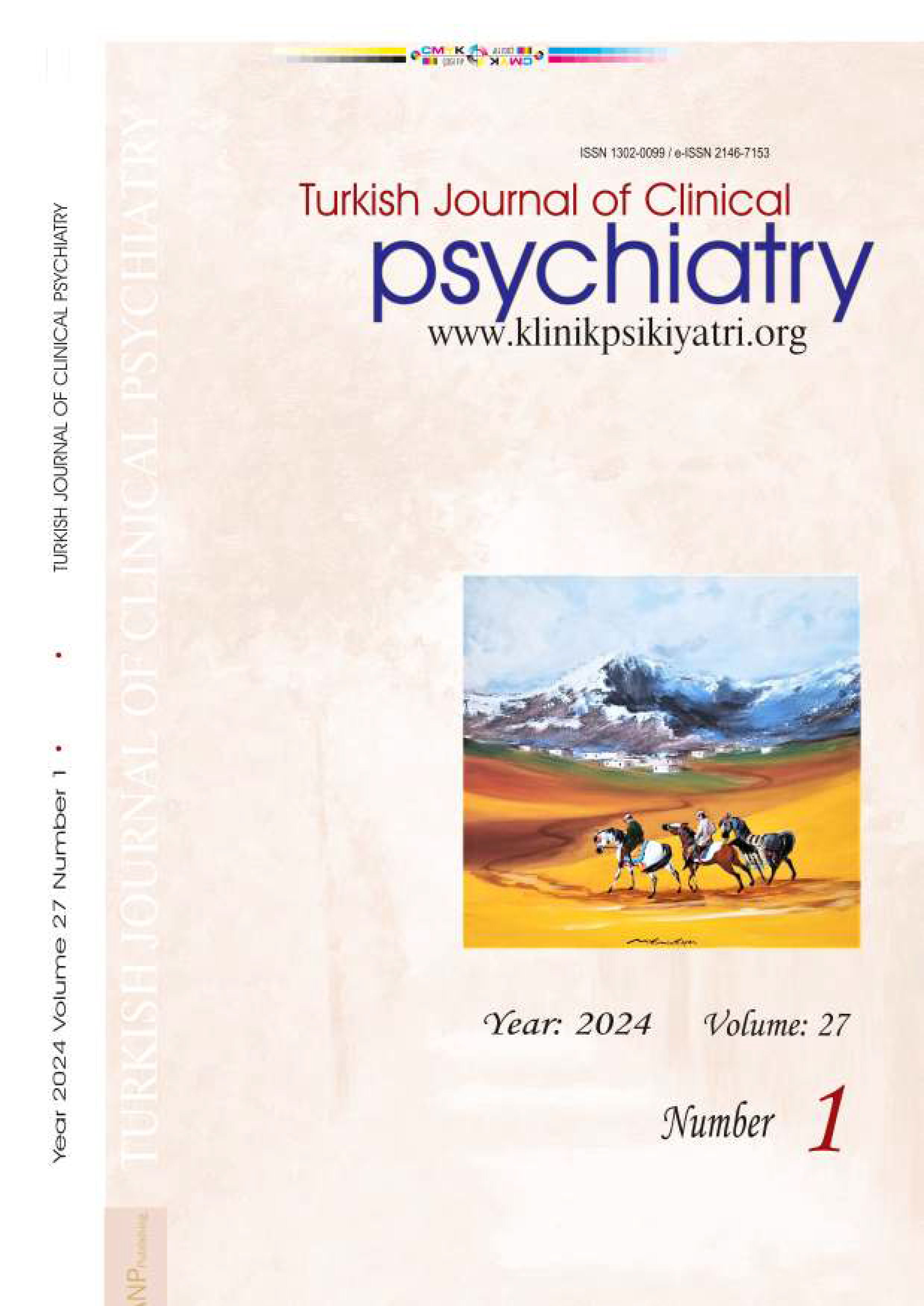





Hopelessness, attachment style and family structure’s predictive power in substance abuse proclivity among high school students
Kenan Bülbül1, Hatice Odacı21Ministry of National Education,IMKB Primary School, Hayrat, Trabzon, Turkey2Karadeniz Technical University, Faculty of Education, Department of Guidance and Psychological Counseling, Trabzon, Turkey
INTRODUCTION: This study aimed to examine the relationships on hopelessness, attachment styles, family structure and substance abuse proclivity of high school students.
METHODS: Sampling of the study consisted of totally 903 high school students (513 female, 390 male) studying a province that has a big city status in Black Sea Region in 2015-2016 educational year. The age of the students in the sample, ranged from 14 to 20 mean of their age was 16.33 (SD= 1.14). So, demographical information form (DIF), Beck Hopelessness Scale (BHS), Relationship Scale Questionnaire (RSQ), Family Structuce Evaluation Scale and Substance Abuse Proclivity Scale (SAP) was applied to participants as groups in a class. The data were analysed using Spearman’s Brown Rank Test and multiple regression.
RESULTS: As a results of the analysis, it was found that there were positive relationships between the high school students’ substance abuse proclivity and hopelessness, preoccupied attachment style among all the attachment styles and unity, management and competence dimensions of family structure; that the hopelessness, attachment styles and family structure explained the 11% of the Substance Abuse Proclivity
DISCUSSION AND CONCLUSION: The results of the study have showed that there is a relationship among the Substance Abuse Proclivity, hopelessness, attachment styles and family structure.
Keywords: Substance Abuse Proclivity, Family Structure, Attachment Styles, Hopelessness, High School Students
Lise öğrencilerinde umutsuzluk, bağlanma stili ve aile yapısının madde kullanma eğilimini yordama gücü (tur)
Kenan Bülbül1, Hatice Odacı21Milli Eğitim Bakanlığı, İMKB İlkokulu, Hayrat, Trabzon, Türkiye2Karadeniz Teknik Üniversitesi, Eğitim Fakültesi, Rehberlik ve Psikolojik Danışmanlık Anabilim Dalı, Trabzon
GİRİŞ ve AMAÇ: Bu araştırma kapsamında lise öğrencilerinde umutsuzluk, bağlanma stilleri ve aile yapısı ile madde kullanma eğilimleri arasındaki ilişkiler incelenmiştir.
YÖNTEM ve GEREÇLER: Örneklem 2015-2016 eğitim öğretim yılında Karadeniz Bölgesi’nde büyük şehir statüsünde olan bir il genelinde öğrenimlerine devam eden 513 kız, 390 erkek olmak üzere toplam 903 lise öğrencisinden oluşmuştur. Örneklemde yer alan öğrencilerin yaşları 14 ile 20 arasında değişmekte olup yaşları ortalaması 16.33’tür (SS= 1.14). Demografik Bilgi Formu (DBF), Beck Umutsuzluk Ölçeği (BUÖ), İlişki Ölçekleri Anketi (İÖA), Aile Yapısı Değerlendirme Aracı (AYDA) ve Madde Kullanma Eğilimi Ölçeği (MKEÖ) katılımcılara sınıf ortamında gruplar halinde uygulanmıştır. Veriler Spearman Brown Sıra Farkları Testi ve çoklu regresyon analizi kullanılarak analiz edilmiştir.
BULGULAR: Yapılan analizler sonucunda lise öğrencilerinin madde kullanma eğilimi ile umutsuzluk, bağlanma stillerinden saplantılı bağlanma stili ve aile yapısı alt boyutlarından birlik, yönetim ve yetkinlik boyutlarıyla pozitif yönde anlamlı ilişkiler olduğu; umutsuzluğun, bağlanma stillerinin ve aile yapısının madde kullanma eğiliminin yüzde 11’ini açıkladığı bulgusuna ulaşılmıştır.
TARTIŞMA ve SONUÇ: Çalışmanın sonuçları madde kullanma eğilimi ile umutsuzluk, bağlanma stili ve aile yapısı arasında ilişki olduğunu göstermektedir.
Anahtar Kelimeler: Madde Kullanma Eğilimi, Aile Yapısı, Bağlanma Stilleri, Umutsuzluk, Lise Öğrencileri
Manuscript Language: Turkish
(3352 downloaded)










